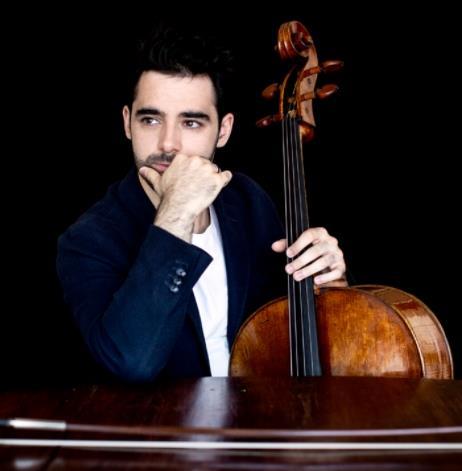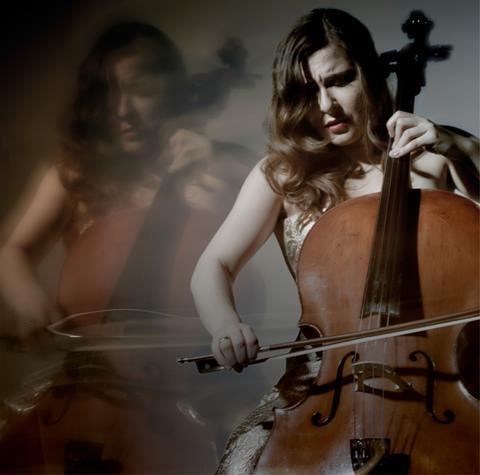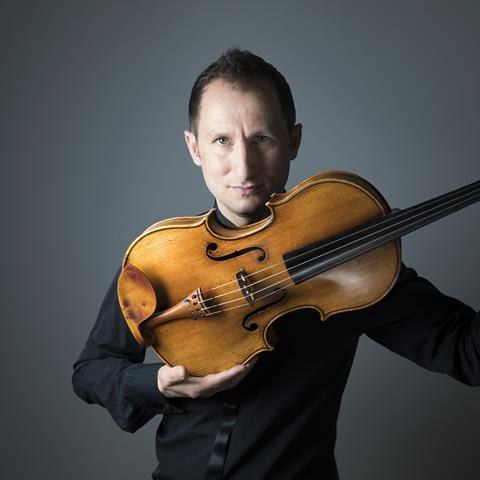Have a read of what two cellists and two violists think about ‘that famous cello song’

Pablo Ferrández: ’There are infinite possiblities for playing this prelude; bowings, articulations, shapes, tempo. The harmony should always be your map to navigate and shape the phrase’
Watch: Pablo Ferrández practises Bach’s Prelude in G major from Suite no.1 for solo cello
Listen: The Strad Podcast Episode #23: Pablo Ferrández on Classical cello concertos

Alisa Weilerstein: ‘For me, one of the most profound things about this piece is the pedal point. This means that the bass note remains constant, even though the harmony is changing.’
’We cellists always feel sort of unworthy of it. The music is so pure, so sublime, so emotional, so intellectual. It must be played and yet we feel like we can’t really ever do it justice’
Watch: Alisa Weilerstein deconstructs the Prelude from Bach’s Cello Suite no.1 in G major
Listen: The Strad Podcast Episode #20: Steven Isserlis on consulting musical editions and manuscripts

Antoine Tamestit: ’For me, the important thing about the Cello Suites is their tonality. I think Bach wanted to inhabit different sound worlds and chose his keys accordingly. The tonality of the G major First Suite feels to me like the colour blue: it suggests contentedness and feels settled and at peace, as well as fluid and light. It’s not too deep but it’s natural. You can feel this tone even during the dancing Courante and pesante Gigue. At the top of my score of the First Cello Suite, I’ve written ‘calm, fluid, hope’ to remind me of this’

Simon Rowland-Jones: ’As a teacher, I have learnt that the Bach Cello Suites lend themselves, perhaps even more than other music, to an infinite variety of interpretations. Intervention by a teacher in this crucial process often leads to a stifling of creativity. These works, by their very nature, encourage creativity in abundance, and I have done everything I can to keep out of the way of individual creative paths, providing an edition, which though full of information, is only a starting point’










































No comments yet